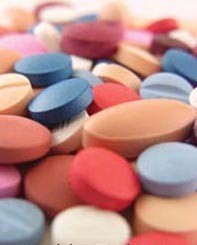Peer Reviewed
Feature Article Cardiovascular medicine
Lipid management – what’s hot and what’s not?
Abstract
Statin therapy reduces the risk of cardiovascular disease, but significant residual cardiovascular risk still remains. A larger reduction in cardiovascular risk could be achieved by a more comprehensive management of patients’ lipid profiles.
Key Points
- Statin therapy reduces the risk of cardiovascular disease (CVD) by 20 to 30% (relative risk reduction), but significant residual cardiovascular risk remains. This may be addressed, in part, by more intensive statin therapy.
- Supplementary ezetimibe should continue to be used in patients who are not achieving relevant target low density lipoprotein cholesterol (LDL-C) levels on maximum tolerated doses of a statin, pending the availability of further outcome data.
- Compliance should be confirmed in patients who are not at goal LDL-C levels after use of a statin and ezetimibe in proper dosage. A third drug such as fenofibrate 145 mg daily or low-dose cholestyramine 8 g daily could then be prescribed to reduce LDL-C levels further. This approach should be reserved for high-risk patients who are strongly motivated.
- In patients with triglyceride levels of 2.3 mmol/L or more, fibrates can be prescribed as a supplement to statins.
Purchase the PDF version of this article
Already a subscriber? Login here.

